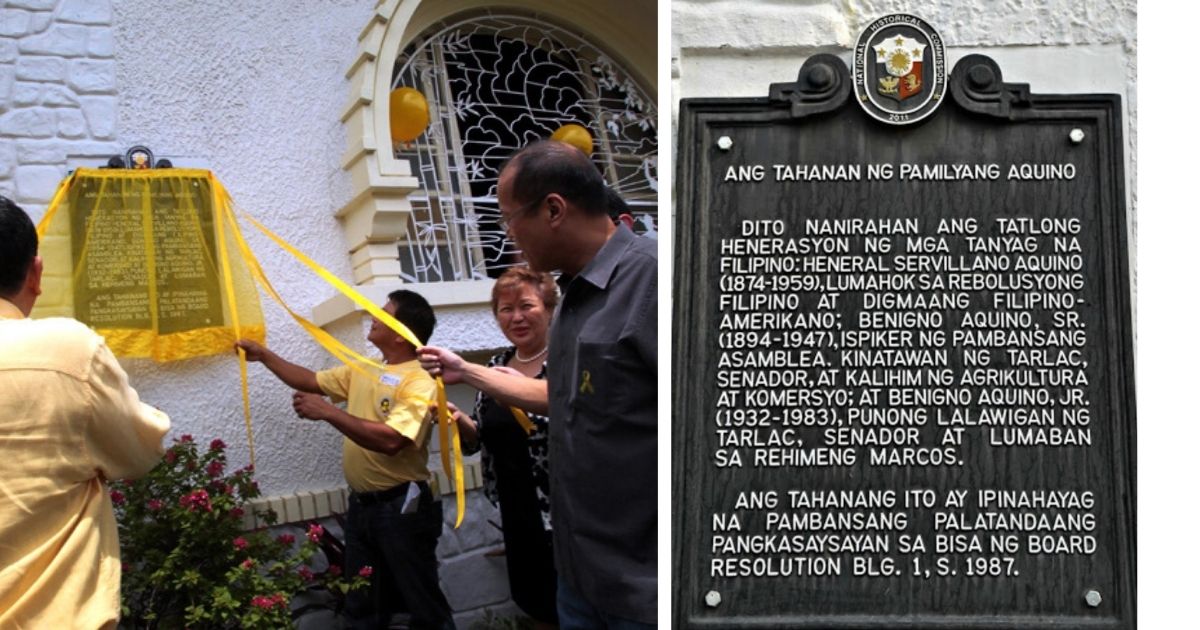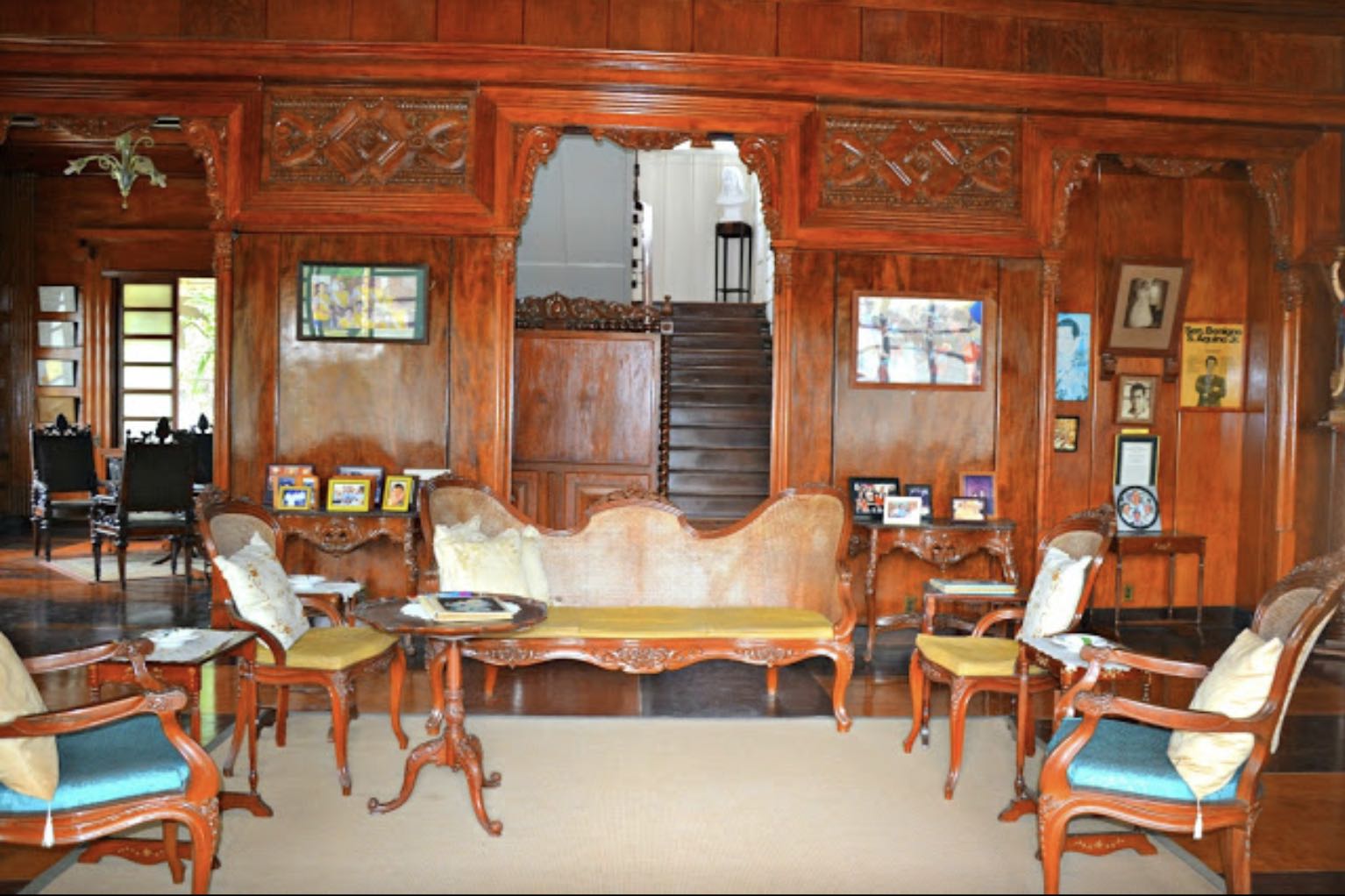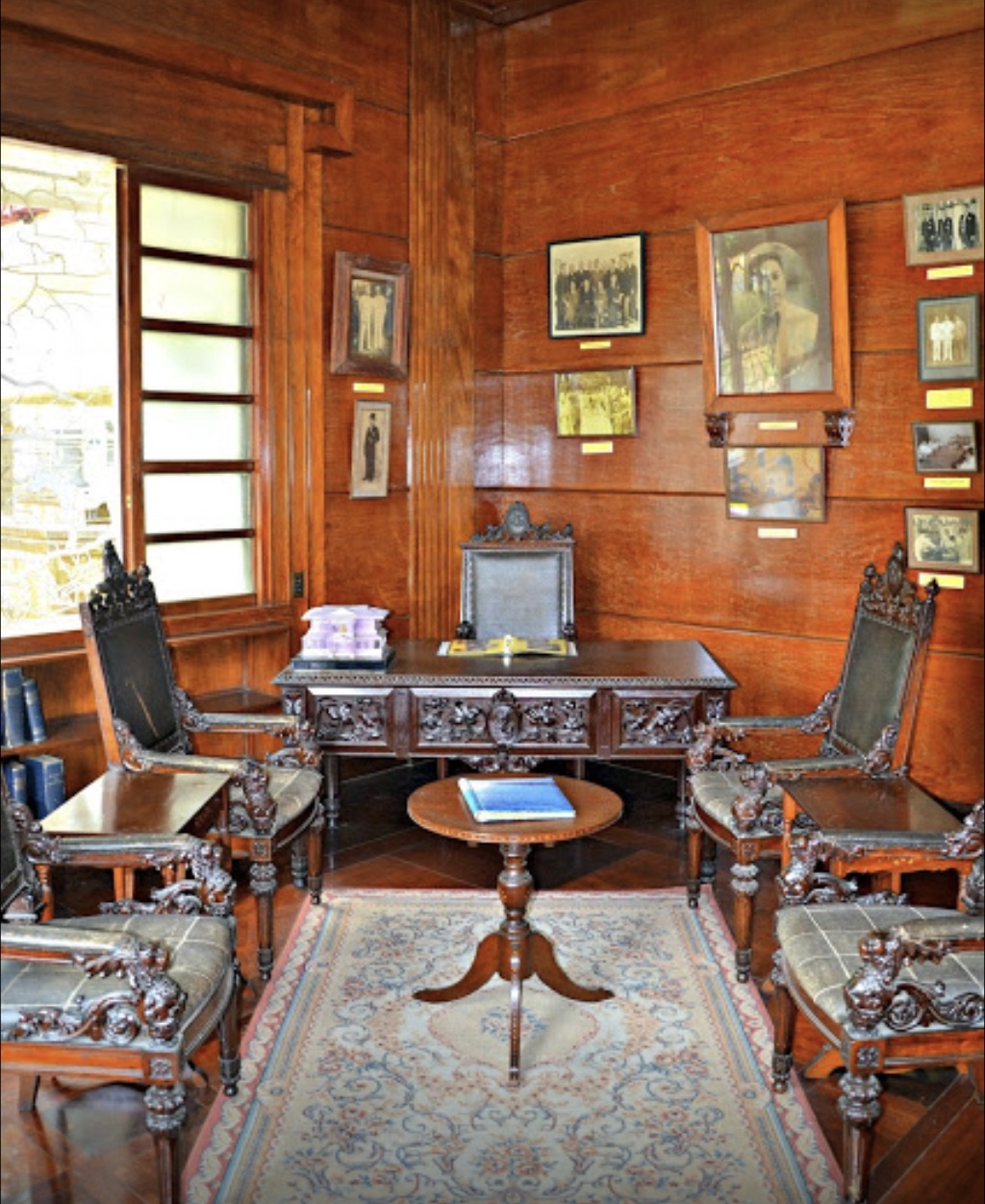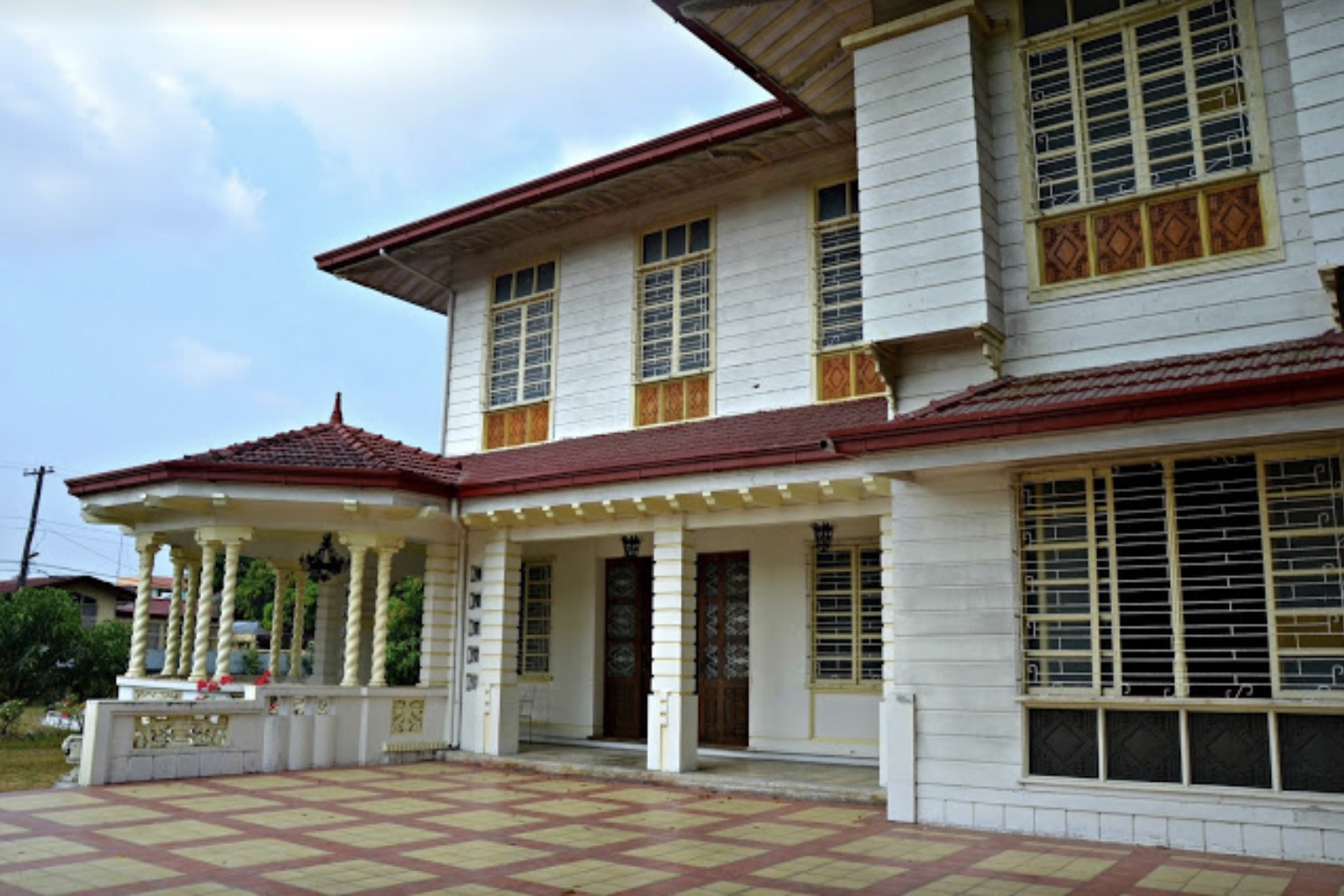LOOK: The ancestral house of the Aquinos of Tarlac
Do people still know that the Aquinos once lived here? The house in question is almost a hundred years old, situated in the middle of a property that used to have stables, flowering gardens, a pond with a statue of a lady, a swimming pool, and fruit trees.
Like most important homes in provinces, the Aquino ancestral house in Concepcion, Tarlac is located near the parish church and town plaza, the municipal hall and a public school named Benigno Aquino High School.
The National Historical Commission declared the Aquino house as a historical site in 1987, as the “home of patriots” from this family. In 2011 President Noynoy Aquno unveiled the National Historical Institute marker.

Three generations of Aquinos stayed in this house: General Servillano Aquino Senator Benigno Aquino Sr. and Senator Benigno Aquino Jr.
As a landholding family, “Don” and “Doña” were affixed to their names. Don Benigno was Ninoy’s father, Don Servillano was his grandfather. The third generation would be less formal: Maur, Ninoy, Lupita, Butz, then Paul and Tessie. Then there were the children from Don Benigno’s first marriage—Tony, Billy, Mila and Linda—whom Doña Aurora raised as her own and so the Aquino brood was 11.
No Aquino has actually lived in this house for decades, but this was slain opposition leader Ninoy Aquino and former President Cory Aquino’s base when he became town mayor at 23 years old, the youngest in the country. Later he split his time as Tarlac governor between this house in Concepcion and the Cojuangcos’ Hacienda Luisita in San Miguel, Tarlac.


Doña Aurora—or Apung Guindang to the townsfolk and the Catholic Women’s League ladies that she led to Mass daily—also lived here. She was a beloved figure, respected and recognized by everyone.
The last time I visited this house was seven years ago. The caretakers let us have a look around because they knew my grandmother, who was friends with Doña Aurora. Both had passed by then (Ninoy’s mother Doña Aurora died in 1998).
The house was empty of personal belongings—it had been for decades—but it was essentially the same house where three generations of the Aquinos lived or used as their political base.

Ninoy’s younger brother Butz Aquino, who died in 2015, told me years earlier, “When my parents got married way back in 1930 or ‘31, they stayed here. I saw this house as a vacation place for summers.”
Ninoy and his siblings grew up in Manila, near Broadway Centrum.
On the ground floor of the house is an office that was used by both Benigno Sr. and Jr. There are rows of books here—encyclopedias on history, world affairs, politics, and geography—and also several awards, many of them Doña Aurora’s.
There are also pictures: Aquino couples from two generations and a framed photo of Quezon in Malacañang with a dedication.


There was a time, Butz said back then, that Doña Aurora exiled him to this house in Concepcion for not only being disobedient but also for being defiant. “Ninoy was the mayor here and so he and Cory suddenly became my foster parents. At the time the family was in San Rafael near Malacañang. Years earlier, my father sold the house near Broadway. Doña Magdalena Hemady, who was in real estate, told him, ‘Benigno, tengo una casa para usted cerca de Malacañang (I have a house for you near Malacañang).’ I suppose for safety reasons it was good he had a residence near the Palace since he was serving with President Laurel.”
Ninoy’s bloodied vest was once displayed here.
It was the vest that he was wearing when he was assassinated in 1983—the event that started the end of the Marcoses and culminated in the People Power Revolution 35 years ago today.


